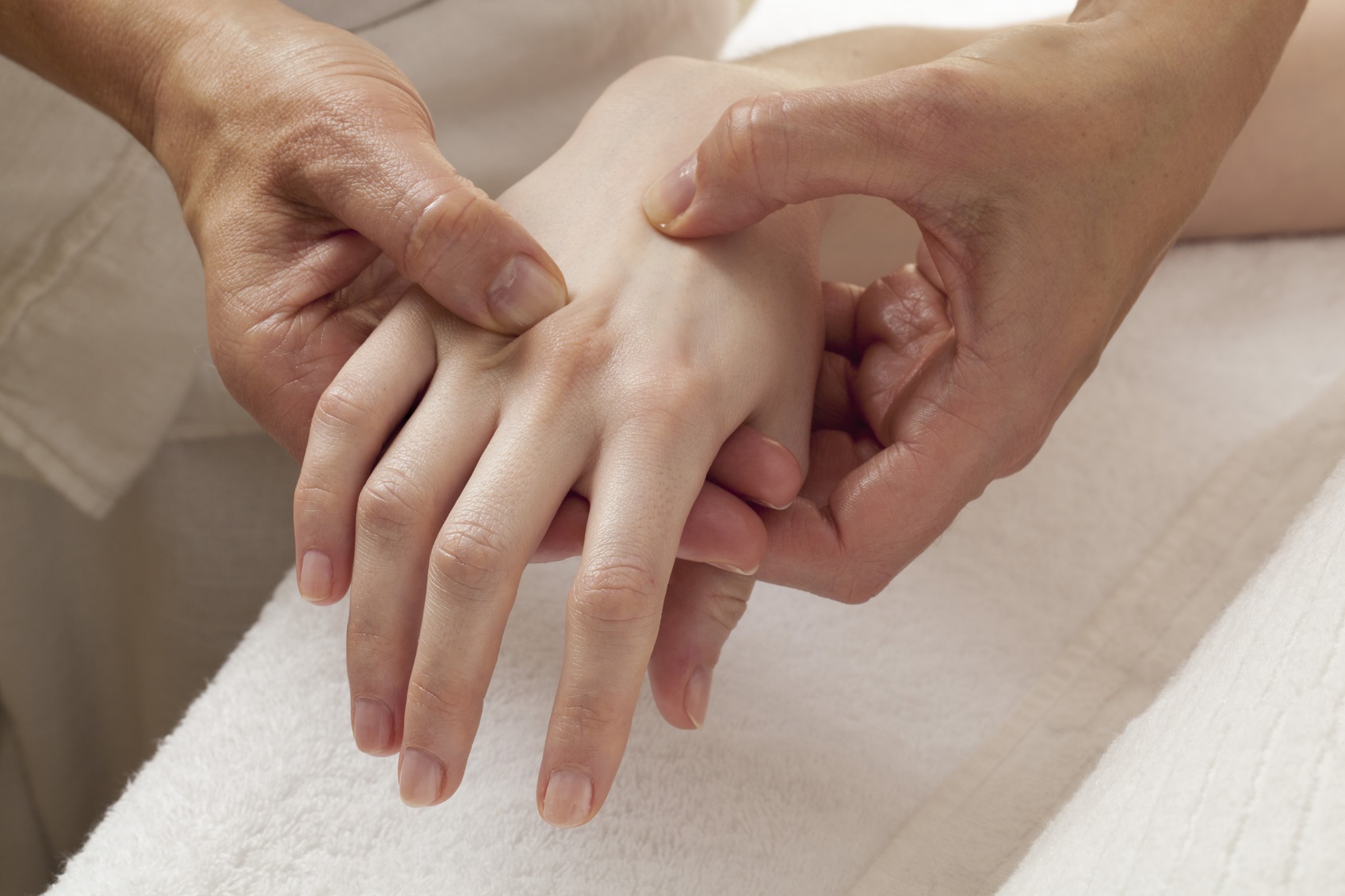“Unlike osteoarthritis, which is a degenerative joint disease, arthritis is characterized by a state of inflammation which leads to joint damage. More severe forms may deform the joints, affecting the ability to perform even the simplest daily tasks. These conditions include, for example, rheumatoid arthritis and gout.”
To explain the difference between arthritis and osteoarthritis (two diseases that are often confused with one another although very different) we spoke to Prof. Carlo Selmi, Head of Rheumatology and Clinical Immunology at Humanitas Clinical Institute and Professor at the University of Milan. The expert also highlights how the climate, temperatures and humidity affect joint pain that comes from these two diseases. Additionally he explains that contrary to what common sense suggests, it is not just cold weather that affects patients.
Arthrosis, arthritis and the effects of heat and cold
“Osteoarthritis is a joint disease caused by deterioration of the joints. It affects more women than men and mostly affects the hands, hips and knees, says Professor Selmi. Status in arthrosis degenerative joint disease is typical of secondary deterioration of the joints. In this case, what is commonly believed by the general population is also evaluated by us doctors: cold temperatures and humidity do actually cause worsening of pain. Many patients emphasize this aspect”.
“Instead, arthritis is an inflammatory disease characterized by a state of inflammation which leads to joint damage: in this case, the pain is accentuated by rising temperatures, and not low temperature. “If in the case of low temperatures people with osteoarthritis can actually complain about worsening of pain symptoms, then people with arthritis can also experience more pain from heat at higher temperatures. In both diseases, humidity plays a crucial role, causing an increase in joint pain”.
Osteoarthritis risk factors
The risk factors of osteoarthritis include:
- Obesity
- Age
- Joint injury or surgery
- Gender – affecting more often women
- Bone deformities
- Certain occupations
- Other diseases
Arthritis risk factors
Risk factors for arthritis include:
- Family history
- Age
- Sex
- Previous joint injury
- Obesity
-
3,400 Physicians
-
110,400 Annual surgeries
-
190,400 Annual Inpatient Admissions
-
928,000 Patients



